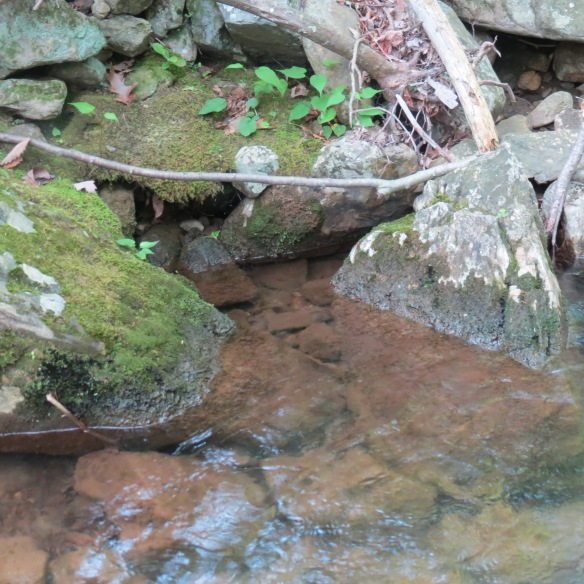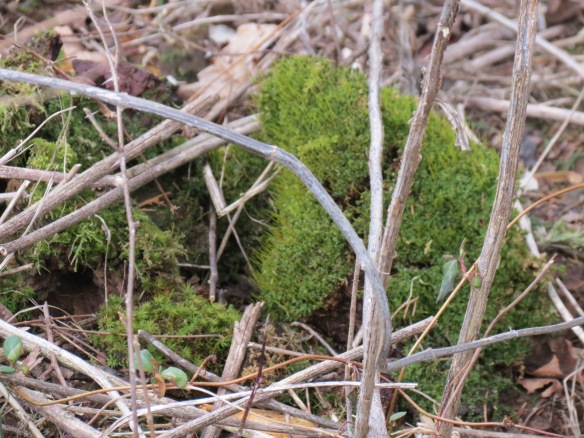It’s always been more or less conventional wisdom that feeding wild birds in winter ups their survival rate because their normal sources of food – seeds and insects – are greatly diminished. But is this wisdom correct? Some challenge this thinking, saying that feeding the birds makes them overly dependent on human handouts and weakens their ability to find food on their own. So what’s a bird-lover to do?
These questions aren’t easily answered, but a three-year study of black-capped chickadees by the University of Wisconsin found that during harsh winters, survival rates were higher when chickadees have both feeder and natural food options; where winters were more moderate, there were no significant differences in survival rates.
Since the late 1800s, many species including tufted titmice, northern cardinals, and white-breasted nuthatches have been expanding their range northward (following the settlers), some making it as far as southern Canada. Evidence bears out that bird feeding played a role in that expansion. Clearly, in these colder climates, supplemental feeding can be important, if not critical, to bird survival.

Nuthatches visit both suet and seed feeders

Tufted titmice are also regular visitors to our feeders
While it would seem “free” food would be irresistible to birds, some of our Virginia resident species, such as mockingbirds and phoebes, tend to shy away from seed feeders, choosing natural food sources instead.

This mockingbird is warning intruders to stay out of his winter food territory. He is protecting several berry bushes nearby.
These species, however, don’t shun feeders altogether. Phoebes have been known to visit mealworm feeders and mockingbirds occasionally come to suet feeders; however, I’ve never had either species come to my feeders. How about you? What atypical visitors have you seen at your feeders?
It’s true that feeders can put birds at risk by increasing their exposure to predators like cats and hawks. But it’s also true that birds that visit feeders eat more in less time than they would in the wild, giving them more time to watch for predators. In addition, birds that frequent feeders where they know cats are nearby keep a watchful eye for the felines and send out the danger signal to other birds when any predator is spotted. You can minimize the risk by keeping cats indoors or placing feeders where they are inaccessible to cats.
Feeders can also cause bird collisions with windows because they lure birds closer to houses and other buildings. One way to minimize collisions is to add tape or decals to your windows so birds won’t fly into them. Distance also plays a role, so place feeders far enough from windows so there is less chance that startled or frightened birds will fly into them.
If you choose to feed the birds this winter, remember that they will be relying on you when the weather turns harsh. The consequences can be disastrous if you suddenly stop, so once you start filling the feeders, continue through until winter’s end. If you are away over the holidays, ask a friend or neighbor to fill your feeders while you’re gone.
What am I going to do? Although I don’t start supplemental feeding until the first snow or hard frost (usually around mid-November), I’m going to feed the birds, as I always do. During periods of heavy snow, ice, or extreme cold, birds have a difficult time finding food and bird feeders can mean the difference between life and death. For me, it’s a no-brainer.








